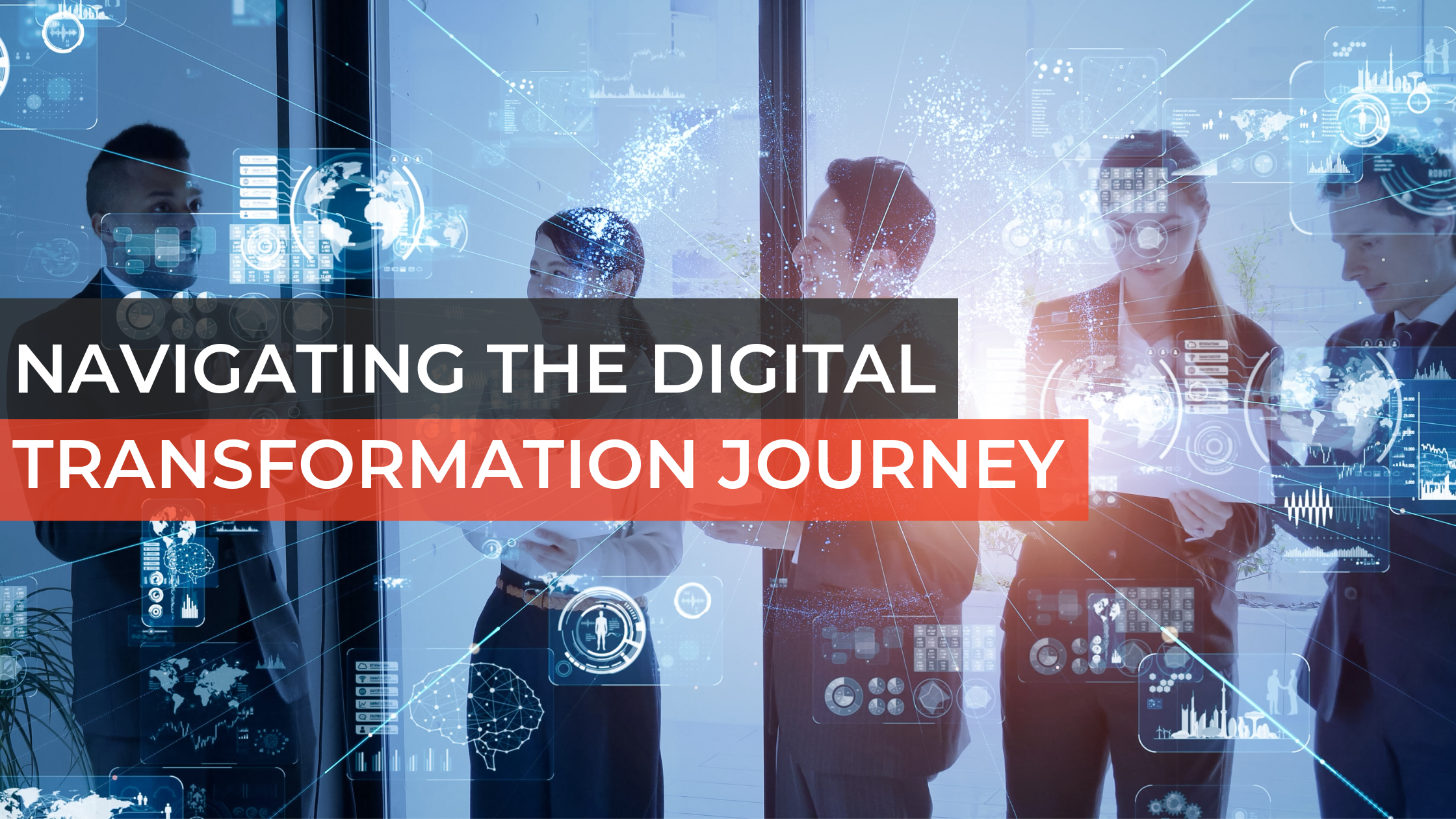Amidst the aftermath of the unprecedented COVID-19 pandemic, workplaces worldwide experienced a profound metamorphosis, ushering in the era of hybrid work models. This paradigm shift not only revolutionized the operational landscape of businesses but also heralded significant economic ramifications.
Within this article, we shall embark on an exploration of the intricate economic repercussions triggered by the adoption of hybrid work models in corporate operations. Our journey will encompass a meticulous examination of the financial implications, a contemplation of the ramifications on employee well-being and job satisfaction, an identification of industries primed for advantage, and an elucidation of the concept of 'Hybrid Workplace Losers.'
Financial Implications:
One of the most tangible impacts of transitioning to a hybrid work model is the financial aspect. Businesses can anticipate several key changes in their financial landscape:
- Cost Savings on Office Space:
Through the adoption of a hybrid work model, companies have the opportunity to make substantial reductions in their expenditures related to office space. By accommodating fewer employees in physical workspaces, businesses can effectively scale down their real estate footprint, resulting in significant cost savings across various fronts including rent, utilities, and maintenance expenses. This strategic downsizing allows organizations to allocate resources more efficiently, directing funds towards other critical areas of operation while optimizing the utilization of existing office infrastructure.
Reference:A study conducted by Global Workplace Analytics revealed that companies could save an average of $11,000 per year for every employee who works remotely at least half the time.
- Potential Productivity Gains:
Initially, there were apprehensions surrounding the productivity implications of transitioning to remote work. However, numerous businesses have since experienced unforeseen advancements in this aspect. Remote work effectively eradicates the need for time-consuming commutes, offering employees enhanced flexibility in their work schedules. This newfound flexibility not only grants workers greater control over their time but also fosters an environment conducive to heightened productivity. With the removal of commuting barriers and the ability to tailor their work environment to suit individual preferences, employees can maximize their efficiency and output, ultimately contributing to increased overall productivity for businesses.
Reference:A survey conducted by Harvard Business Review found that 94% of 800 employers surveyed reported that employee productivity was the same or higher than it was before the pandemic.
- Investment Needed for Technology Infrastructure:
The transition to a hybrid work model entails a fundamental need for businesses to invest in robust technology infrastructure that can seamlessly facilitate remote collaboration, communication, and data security. This imperative calls for a strategic allocation of resources towards the enhancement of software capabilities, the implementation of stringent cybersecurity measures, and the provision of essential hardware to employees. Upgrading software ensures compatibility with remote work tools and platforms, while cybersecurity measures safeguard sensitive data against potential threats in an increasingly digital workspace. Additionally, equipping employees with necessary hardware such as laptops, tablets, and secure network access enables smooth and efficient remote operations, ensuring that individuals have the tools required to thrive in a hybrid work environment.
Reference:According to Gartner, global spending on information technology is projected to reach $4.2 trillion in 2022, with a significant portion allocated to technologies enabling remote work.
Impact on Employee Well-being and Job Satisfaction:
The adoption of hybrid work models can have profound implications for employee well-being and job satisfaction:
- Enhanced Work-Life Balance:
The hybrid work model presents employees with a newfound level of autonomy over their schedules, granting them the flexibility to effectively balance their professional responsibilities with personal commitments. This empowerment enables individuals to tailor their work hours to align with their personal routines and obligations, thereby fostering a more harmonious integration of work and life demands. As a result, employees experience a reduction in stress levels and an enhancement in overall well-being. By having the flexibility to structure their workday around personal needs, individuals can better manage their time, prioritize tasks, and achieve a more sustainable work-life equilibrium. This equilibrium not only benefits employees on a personal level but also contributes to their professional performance and satisfaction within the hybrid work environment.
Reference:A survey conducted by FlexJobs found that 75% of respondents cited work-life balance as the top reason for seeking flexible work arrangements.
- Improved Morale and Engagement:
Granting employees the opportunity to work remotely serves as a catalyst for cultivating a culture of trust and empowerment within the organization. This flexibility instills a sense of confidence in employees, as they are entrusted with the autonomy to manage their work independently. Consequently, this empowerment contributes to elevated levels of job satisfaction and engagement among employees. Remote work liberates individuals from the confines of a traditional office setting, allowing them to create personalized work environments optimized for productivity and focus. Free from the distractions and limitations often associated with office spaces, employees can choose settings that best suit their working style and preferences, whether it be a quiet home office, a cozy coffee shop, or an inspiring outdoor space. By providing the freedom to work remotely, organizations not only foster a sense of trust and empowerment but also create an environment conducive to heightened productivity and employee satisfaction.
Reference:A Gallup poll revealed that remote workers experienced higher levels of engagement compared to their on-site counterparts, with 37% of remote workers feeling engaged compared to 28% of on-site workers.
Types of Businesses that Stand to Benefit:
While the benefits of hybrid work are widespread, certain industries and business models are particularly well-positioned to thrive in a hybrid workplace environment:
- Technology and Information Services:
As we witness the transition to hybrid work models, it becomes evident that technology companies and businesses entrenched in the information services sector stand at the forefront of those poised to reap significant benefits. These industries inherently depend on robust digital infrastructure and sophisticated collaboration tools to drive their operations. Thus, the adoption of remote work seamlessly aligns with their existing technological capabilities and expertise. For technology companies, which are often at the forefront of digital innovation, the transition to hybrid work represents a natural evolution in their operational paradigm. Similarly, businesses operating in the information services sector, which specialize in delivering digital solutions and services, are well-positioned to leverage their expertise in facilitating remote collaboration and communication. As pioneers in the digital landscape, these industries are primed to harness the potential of hybrid work models to enhance productivity, foster innovation, and drive business growth.
Reference: Companies like Google, Microsoft, and Zoom have embraced hybrid work models and have developed innovative solutions to support remote collaboration and communication.
Professional service firms, encompassing sectors such as consulting, legal, and accounting, are uniquely positioned to capitalize on the advantages offered by hybrid work models. Through the adoption of such models, these firms can strategically broaden their talent pool, transcending geographical limitations to recruit top-tier professionals from diverse locations. This expansion of the talent pool not only enhances the firm's expertise but also enables them to better cater to the needs of clients situated in various geographic regions. Remote work serves as a catalyst for efficiency, enabling professionals to seamlessly deliver services while maintaining a high level of flexibility. By leveraging digital communication tools and virtual collaboration platforms, professionals can interact with clients and colleagues in real-time, regardless of their physical location. This flexibility not only streamlines the service delivery process but also enhances client satisfaction by accommodating their preferences and schedules. Ultimately, hybrid work models empower professional service firms to optimize resource utilization, drive operational efficiency, and cultivate a global presence while delivering exceptional value to clients.
Reference: Deloitte, a global professional services firm, has implemented hybrid work policies to attract and retain top talent and enhance client service delivery.
Hybrid Workplace Losers:
While hybrid work models offer numerous benefits, certain businesses may face challenges or experience negative consequences:
The transition towards remote work presents a formidable challenge for traditional brick-and-mortar retailers, who may find themselves grappling with significant adjustments in response to evolving consumer behaviors. As remote work becomes more prevalent, the reliance on physical office spaces diminishes, leading to reduced foot traffic in commercial areas and shopping districts. This decline in foot traffic directly impacts brick-and-mortar retailers, as fewer potential customers pass through their doors, resulting in decreased sales and profitability. Furthermore, changes in consumer behavior, such as the increased preference for online shopping and digital transactions, further exacerbate the challenges faced by traditional retailers.
As consumers prioritize convenience and safety, they are more inclined to turn to e-commerce platforms and digital marketplaces for their purchasing needs, bypassing traditional retail establishments. In response to these shifts, brick-and-mortar retailers must adapt their business models, explore innovative strategies to enhance the in-store shopping experience, and embrace digital transformation to remain competitive in an increasingly virtual marketplace. Failure to adapt to these changing dynamics could pose significant risks to the long-term viability of traditional retailers in the evolving landscape of remote work and digital commerce.
Reference: Department store chains like Macy's and JCPenney have faced declining sales and store closures due to shifts in consumer preferences and the rise of e-commerce.
The emergence of hybrid work models presents a formidable challenge for the commercial real estate sector, reshaping the landscape of office space demand and property values. With businesses embracing flexible work arrangements, there is a discernible trend towards downsizing office space requirements. This reduction in demand for traditional office properties directly impacts the commercial real estate sector, as landlords and property owners grapple with dwindling occupancy rates and leasing opportunities. The decline in demand for office spaces not only results in a surplus of available properties but also exerts downward pressure on rental prices and property values. Furthermore, the shift towards remote work has prompted businesses to reconsider their real estate needs, with many opting to explore alternative workspace solutions such as co-working spaces, shared offices, or remote work hubs.
These alternative arrangements offer greater flexibility and cost-effectiveness, further dampening the demand for traditional office properties. In response to these challenges, stakeholders in the commercial real estate sector must adapt their strategies to align with the evolving needs of tenants and businesses. This may involve repurposing existing office spaces, investing in amenities that cater to remote workers, or diversifying property portfolios to include mixed-use developments that incorporate residential, retail, and leisure components. By embracing innovation and flexibility, the commercial real estate sector can navigate the changing dynamics of hybrid work models and position itself for sustained growth in the future.
Reference: Commercial real estate investment trusts (REITs) have experienced volatility, with some investors divesting from office properties and reallocating capital to sectors poised for growth.
Enhancing Employee Retention through Hybrid Work Models
Integrating insights on how hybrid work models can positively impact employee retention adds depth to our discussion. Here are key points to consider:
- Improved Work-Life Balance: Offering flexibility in work arrangements allows employees to better balance their professional and personal lives, leading to increased job satisfaction and loyalty.
- Expanded Talent Pool: By embracing hybrid work models, organizations can tap into a broader talent pool beyond their geographical constraints. This not only enhances diversity but also reduces turnover by retaining valuable employees who may have otherwise sought remote opportunities elsewhere.
- Boosted Engagement and Morale: Providing employees with the autonomy to choose where they work fosters a sense of trust and empowerment, leading to higher levels of engagement and morale. This positive work environment encourages employees to stay committed to the organization long term.
Acknowledging the positive impact of hybrid work models on employee retention underscores the importance of adapting to evolving work trends while prioritizing the well-being and satisfaction of employees.
Conclusion:
The economic implications of hybrid work models on business operations are extensive and diverse, spanning financial considerations, impacts on employee well-being and job satisfaction, and implications across various industries. While the shift to hybrid work offers avenues for cost reduction, productivity enhancement, and heightened employee contentment, businesses must also address challenges and cater to the evolving needs of their workforce and industry landscape. Through a commitment to innovation, investment in robust technology infrastructure, and cultivation of a culture emphasizing flexibility and collaboration, businesses can effectively adapt to the evolving workplace paradigm and flourish in the era of hybrid work.











